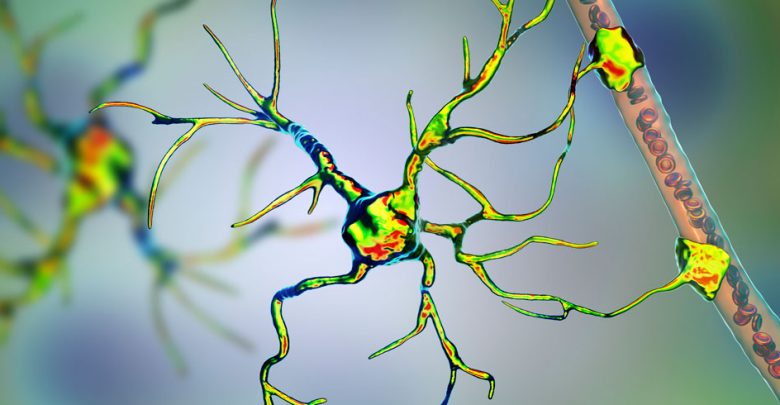Neurological
A critical period that forms neural motor circuits

There are times in the development of an organism when parts of the developing nervous system react particularly sensitively to changing inputs. Interrupting these critical periods can have lifelong effects on neural connectivity and brain function. For example, childhood is a critical time for language acquisition. Altered critical periods have been suggested to play a role in neurodevelopmental disorders, including autism spectrum disorder and schizophrenia. Critical periods have been described in detail in the visual system, but so far less attention has been paid to non-sensory systems. Ackerman et al. Write in Nature and fill this gap. The authors identify a critical period for the development of the motor circuit in the fruit fly Drosophila melanogaster and establish the cellular and molecular basis of the closure of the critical period in this system.
During a critical period of time, neural connections can be reshaped in various ways. Ackerman et al. are primarily concerned with homeostatic plasticity, which is where changes occur across an entire neuron – including the size of structures called dendrites that maintain synaptic connections from other neurons, the number of synapses, and the strength of the electrical impulses transmitted by synapses.
These findings suggest that astrocytes regulate the timing of occlusion in the critical phase for the aCC / RP2 system, but not the potential for plasticity during this time. This is an important distinction as it suggests that the two phenomena are based on different mechanisms.
The authors provide convincing evidence of the outstanding role of astrocytes in regulating the closure of a critical period. Astrocytes regulate aspects of plasticity in the critical phase in the visual system of mammals, among other things through the action of the secreted proteins chordin-like 1 and hevin.
The work also shows that the role of astrocytes in regulating critical periods extends to invertebrates, highlighting the central role these cells play in the development and maturation of the nervous system. Astrocytes and related cell types (collectively called glia) are shown to be major regulators of neural plasticity, particularly in the context of homeostatic and circuit changes.
Show full article





